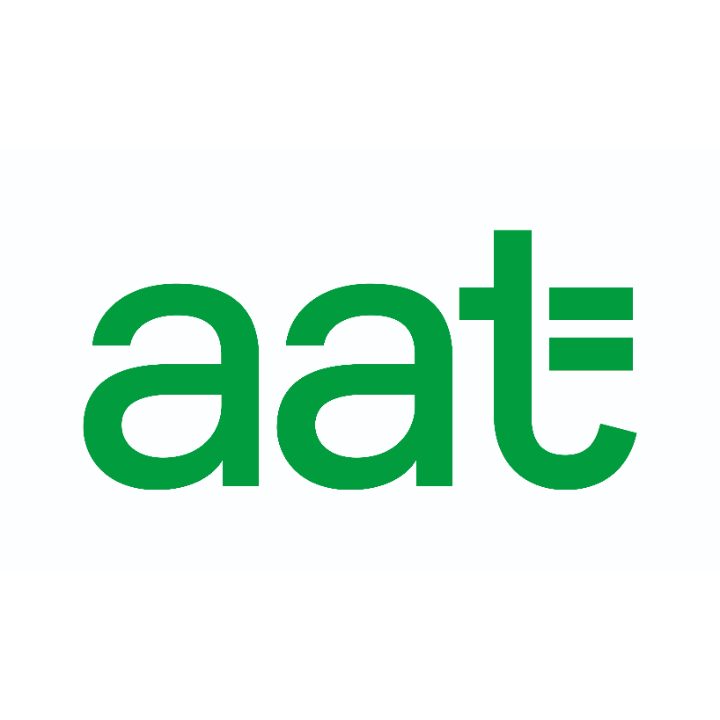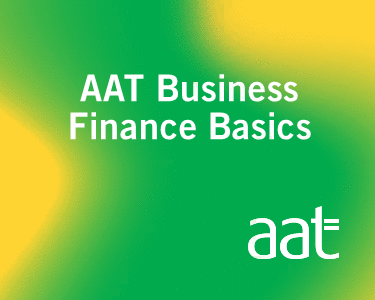
What is market research?
Market research is the process of collecting and analysing information from potential customers to understand more about how they view your business or business idea.
It can be conducted using existing data and/or involve a tailored investigation to answer specific questions relevant to your business.
Things you can hope to find out include:
- How much demand there is for your products or services
- Who your main competitors are and how they operate
- What your typical customer is like and how to market to them
You can then use this information to make your business (more) profitable.
Is market research expensive?
Knowledge is power, whether you are looking to become a global enterprise or simply tout your services as a part-time freelancer…
And the good news is that you don’t always need a big budget to carry out useful market research.
Many resources, such as industry reports and articles in specialist publications, are available for free online, where you can also check out forums, blogs, and vlogs to find out more about your potential customers.
Other ways to educate yourself about your target market include looking at Google Trends to see what people are searching for and reading/watching.
If you’re looking for more specific data, another low-cost option is to create an online survey that you can email out to your existing customers and share on social media.
When should I conduct market research?
Market research can be a valuable tool at numerous points in your business journey, particularly when you are:
-
Starting a business
If you’re exploring a new business idea, market research will help you understand how likely that idea is to succeed and allow you to tailor your business plan and define your target customer.
-
Applying for financial aid
You can use research findings showing there is a market for your business or product to support applications for bank loans or other forms of investment.
-
Moving in a new direction
For established businesses considering expanding into a new market or designing a new product/service, market research gives an insight into whether they are on the right track.
What type of market research is best?
The type of market research that will prove most useful to you will depend on what you are trying to understand to achieve your business goals.
Popular types of market research include:
- Consumer/market trend analysis
- Pricing research
- Defining a buyer profile
- Interviews/focus groups
- Competitor landscape analysis
- Customer satisfaction and pain points
- Brand awareness
- Industry trends
What is primary market research?
There are two main types of market research: primary or secondary.
Primary market research is specifically designed to answer defined questions about your business idea.
There are various methods for conducting primary research. These include:
- Surveys
- Interviews
- Focus groups
- Observations
Surveys can be administered through online platforms or in-person, while interviews and focus groups involve direct interaction with individuals or small groups to gather insights and opinions. Observations entail observing customer behaviors and actions in real-world settings.
What is secondary market research?
Secondary market research involves using existing data that was initially gathered for other purposes. Here are some examples
-
Government publications: Government agencies at various levels often publish reports, statistics, and market analyses related to different industries and sectors. These sources can provide valuable insights into market trends, regulations, economic indicators, and demographic data. An example of a UK government report that can be a valuable source of secondary research for small business owners is the “Business Population Estimates for the UK” report published by the Department for Business, Energy & Industrial Strategy (BEIS). This report provides insights into the size, composition, and characteristics of the business population in the UK.
-
Market research reports: Market research firms and organisations conduct in-depth studies on specific industries, markets, and consumer behaviors. These reports offer comprehensive data on market size, growth projections, customer preferences, and competitive analysis.
-
Trade publications: Industry-specific magazines, journals, and trade associations publish articles, case studies, and research findings relevant to particular sectors. These sources provide insights into industry trends, best practices, and emerging technologies.
-
Academic research: Scholarly articles and studies published in academic journals can offer rigorous analysis and insights into various aspects of business, including consumer behavior, market trends, and industry developments. Access to academic databases like JSTOR or Google Scholar can provide access to a wide range of research articles.
-
Online databases: Online platforms such as Statista, IBISWorld, Euromonitor, and Bloomberg provide access to extensive collections of industry reports, market data, and financial information. These databases offer a wealth of secondary research resources for small business owners.
-
Industry associations: Trade associations and professional organisations often publish reports, studies, and white papers specific to their respective industries. These resources provide industry-specific data, trends, and insights that can be valuable for small business owners.
-
Social media and online communities: Monitoring online forums, social media groups, and communities related to the industry or target market can provide insights into consumer opinions, preferences, and emerging trends.
-
Company websites and annual reports: Exploring the websites and annual reports of competitors, suppliers, and industry leaders can offer insights into their strategies, market positioning, financial performance, and product/service offerings.
What is qualitative market research?
When it comes to market research, there are two approaches to collating data: Qualitative and quantitative.
Qualitative data are concerned with public opinion and explores how the market feels about the products currently available in that market.
Let’s say a small business owner wants to launch a new line of eco-friendly clothing. They conduct in-depth interviews with a group of potential customers to gather qualitative data. During these interviews, they ask open-ended questions about their attitudes towards sustainable fashion, their preferences for eco-friendly materials, and their shopping behaviors when it comes to environmentally conscious clothing. The responses collected from these interviews, which consist of detailed opinions, stories, and insights, constitute qualitative data.
What is quantitative market research?
Quantitative data are numerical results that can be analysed to discover trends, create statistics, and make comparisons.
Let’s consider a small business owner who is planning to open a coffee shop in a specific location. They conduct a survey among local residents, asking questions about their coffee consumption habits, preferred coffee flavors, frequency of coffee shop visits, and price sensitivity. The responses collected from the survey, which are quantifiable and can be analysed statistically, constitute quantitative data.
How to plan a market research project
Start with what you already know (or think you know) and perform some initial secondary market research to help you define the questions you want answered.
You can then follow this up with more specific research to gain qualitative data.
This four-step plan should give you some ideas.
- If your business already exists, analyse your internal statistics to work out where you are currently.
- Then go online and research publicly available data to support or disprove your findings: market reports, social media forums, national statistics agencies, and the press can all be useful sources.
- Follow this up with analysis of your main competitors, including their strategies and successes, and how their businesses have changed over time.
- Create an online survey or consider setting up a focus group to better understand your company’s target market.
How to create an online survey
An online survey tool such as Survey Monkey will help you reach a diverse range of people.
But think carefully about the questions you want to ask, as a poorly written survey can cause people to abandon it halfway through.
That’s why it can be helpful to try out the questions on friends or family first.
If you have an existing customer list, you can also contact them to find out what motivated them to use your business, their satisfaction and whether you would recommend you to a friend.
How to organise a successful focus group
Interviews and focus groups are a great way to find out more about how customers interact with your product or service.
They also offer an opportunity to ask personal questions to help define your buyer profile, discover the challenges they face, and understand how they shop.
Eventbrite offers an online service for organising and advertising a focus group. It says: “The ideal size for a focus group is 10 to 15 people – any more than that and not everyone will have the chance to provide proper input. Aim to confirm 15 participants and you’ll be covered for the inevitable 10 to 20% of no-shows.”
Other top tips for success include:
- Identify clear goals to help recruit suitable participants
- Incentivise attendance with a voucher or a small gift
- Design questions to be open-ended and avoid ‘yes’ or ‘no’ answers
- Timing is important: aim for 60-90 minutes at a convenient time
- If possible, record the session for closer analysis afterwards
Share this content

Brought to you by:
AAT Business Finance Basics
AAT Business Finance Basics are a series of online e-learning courses covering the core financial skills every business needs. They draw from AAT’s world-leading qualifications and will quickly build your knowledge on key topics including bookkeeping, budgeting and cash flow.
Visit partner's website








